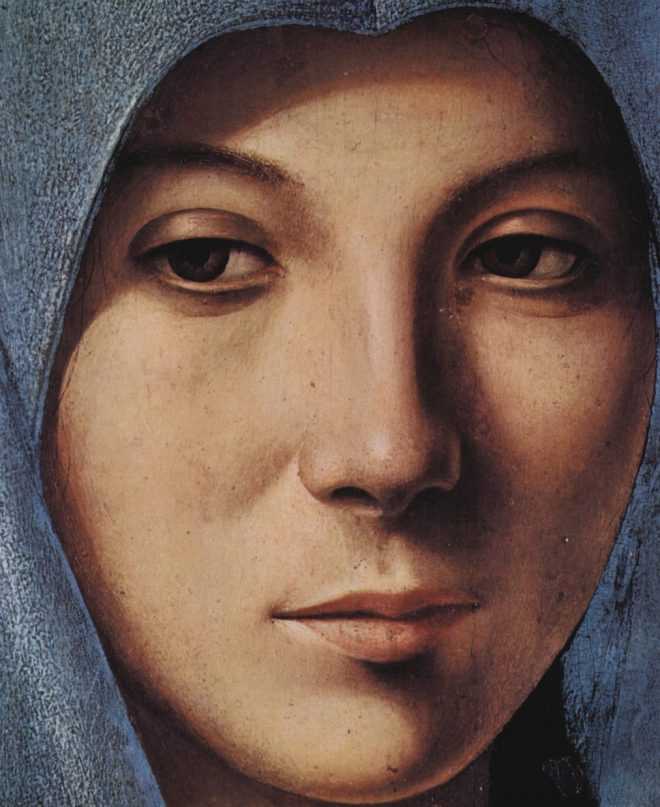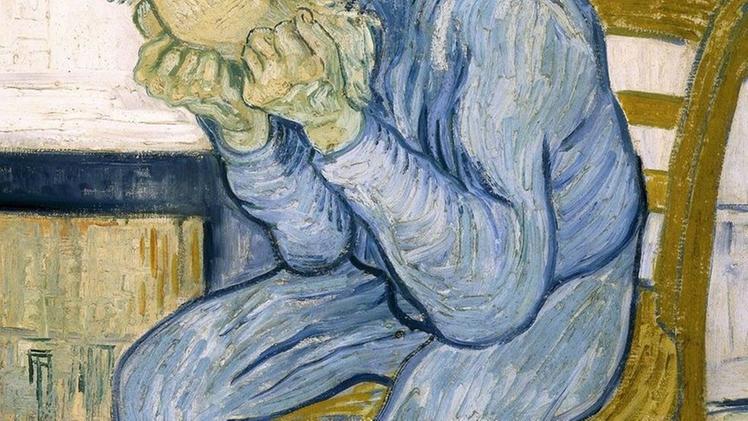The hearts of lost youth return to childhood… and also those of alleged adults
Luca Muglia. The invisible garden. Psychospiritual therapy for young people in difficulty (Il giardino invisibile. Terapia psicospirituale per giovani in difficoltà). Aliberti, Reggio Emilia, 2020.
Muglia bases his wide-ranging reflections upon his experience in the
recovery of young people in a Juvenile Criminal Institute in Southern
Italy. He advances in this book a proposal for the formation of the heart,
drawing on the sapiential knowledge of the Fathers of the Church and
Eastern spirituality, enriched with selected information from modern
psychology and behavioral sciences.
The “diseases of desire,” which grip lost youth (and even adults with
fragile personalities who have not matured enough), have multiplied in
postmodern societies, imbued with materialism and exacerbated
individualism. Muglia’s description of these pathologies in the first
chapter is extensive, even if sometimes it takes on “apocalyptic” tones.
The immoderate use of new technologies has exacerbated the problem of
personal identity formation, which has always been the challenge of every
generation. It is true that today it is more difficult to pass on a legacy
of “humanization” to the next generation…admitting that ours has acquired
it. “Human truths” (including moral, spiritual, and religious truths),
unlike technological and scientific progress, are not to be simply acquired
and put to work without commitment and personal risk. The “inner center” of
the person is at stake.
Muglia’s proposed therapy (which I would also call formation) aims
precisely at this spiritual core of the person, without the ploys
characteristic of cultural environments that have precluded – due to
ideological prejudice resulting from the Enlightenment – access to
“spiritual resources” present since ancient times in the tradition of
knowledge of every culture, including the Christian culture. The path that
Muglia traces in order to “educate the invisible” follows well-measured
steps: 1) the patience of becoming (which I would call educating about
realism); 2) the pedagogy of bold gestures, which I would call teaching to
make decisions, that is to form inner freedom, the only true freedom in
front of which the ability to choose between an offer of options more or
less varied is only a semblance; 3) all this with the help of the “inner
Master,” Someone who wants to work with us to get to be who we really are
and not one of the many identical moulds. Today, unfortunately, many young
people – and also not so young – act, operate… and become (therefore they
are) mimetic photocopies of standardized models created by the
“psychological engineers” of individual and social behavior who work at the
service of the god Money in all its idolatrous forms with which it is
dressed to entice one’s desires (power, recognition, sex, etc.). They are
false idols that cannot satisfy our desires, because they are just
effigies.
It is therefore, in my opinion, a daring, fascinating, and very useful book
for educators. Perhaps the author gets too carried away by an “academicist
itch” that leads him to fill the text with many scholarly quotations, which
sometimes take away linearity from his thought. The final goal, however, is
clear: to reach and purify the hearts of the lost or so-called “difficult”
young people.















